Managing diversity is more complex than increasing the number of your minority and female employees and encouraging them to advance. Diversity consultant R. Roosevelt Thomas Jr. advises that diversity means appreciating how people differ and engaging with those differences in ways that contribute to your corporate culture and bottom line. Whether you use his program or not, Thomas raises important issues and insights for managers and HR professionals. He asks a key question: Why confine your definition of diversity to race and gender when, instead, you can tap into every employee’s individual potential?
“World-Class Diversity Management” uses proven strategies to deal with diversity.
If you think diversity comes down to counting heads in your workplace, think again. Companies that focus solely on how many employees of color they have or their percentage of female versus male executives see only a fraction of the diversity picture. Managing diversity involves much more than your workers’ gender, ethnicity, sexual orientation or age; it encompasses being able to recognize, deploy, deal with and lead “any type of diversity mixture anywhere.” To add capacity to your firm’s strengths, consider the strengths of “World-Class Diversity Management.”
Most firms’ diversity management doesn’t come near the world-class level. Many executives either don’t understand diversity or they view handling it as an isolated task that they can complete and then forget about. World-class diversity management, a continual, challenging process.
“Core diversity management strategies” can be divided into “four quadrants.” The first is “managing workforce representation“ by adding and retaining minority staff.
This strategy arose during and after the American civil rights movement...










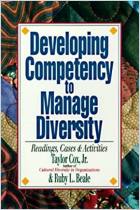
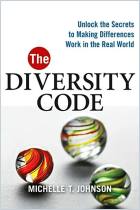
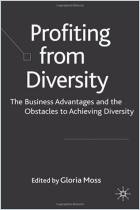
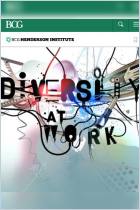
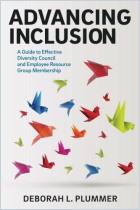
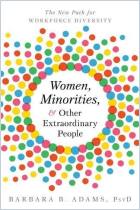




Comment on this summary or 开始讨论